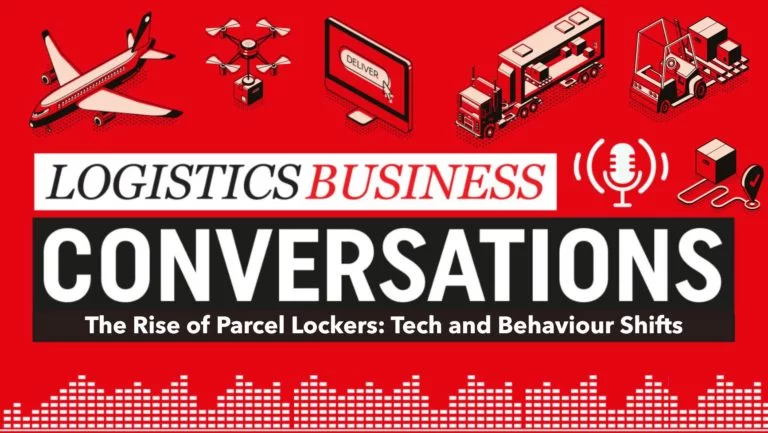In the aftermath of the pandemic, businesses faced unprecedented disruptions, laying bare vulnerabilities within their supply chains, writes Suki Dhuphar (pictured), Head of International Business, Tamr.
The question that arises is: What steps can leaders take to prevent future catastrophes in the supply chain? The solution lies in a robust approach that leverages data to bolster resilience. Proactive data utilisation not only mitigates present risks but also equips companies to navigate future disruptions with agility and foresight. By extracting invaluable insights, companies can authentically confront supply chain challenges.
Let’s explore six strategic approaches that can empower business leaders to harness data effectively, guaranteeing a fortified and optimised supply chain.
1. Finding Alternatives Quickly
Inaccurate or incomplete data about parts and suppliers can lead to the selection of inappropriate alternatives, causing production delays and added costs. To address this challenge, implementing data validation processes is essential to ensure the accuracy of parts and supplier information. This includes regularly updating and cleansing the data to remove duplicates and errors.
2. Locating the Entire Supply Chain
Incomplete or outdated supplier data can result in a lack of visibility into the supply chain, making it difficult to identify vulnerabilities. To enhance this visibility, it’s crucial to continuously verify and update supplier information. Additionally, consider investing in data enrichment services to gather comprehensive data about suppliers, their subsidiaries, and distribution networks.
3. Streamlining Supplier Onboarding
Inaccurate data during the onboarding process can lead to compliance issues, delays, and misunderstandings with new suppliers. You can mitigate these risks with data enrichment services that enhance supplier data with additional information. This can include real-time verification of tax IDs, business registration numbers, and compliance with industry regulations.
4. Tracking Price Changes
Inaccurate or delayed data on price changes of raw materials needed for production can lead to incorrect financial projections and hinder the ability to adapt to market fluctuations. To address this issue effectively, it is essential to implement real-time data feeds for pricing information. Additionally, verifying the accuracy and timeliness of data sources is crucial to ensure reliable price tracking and enable timely and informed decision-making.
5. Building Collaborative Networks
Inaccurate data about distributors can lead to poor partner selection and collaboration inefficiencies. To maintain accurate distributor information, you should regularly update data and gather insights into your performance and capabilities. Data enrichment processes can also be employed here to enhance the accuracy and completeness of distributor details.
6. Optimising Procurement Resourcing
Inaccurate spending category data can lead to misallocation of resources and missed opportunities for optimisation. To ensure its accuracy, continuous auditing and validation processes are vital. Artificial intelligence (AI) and machine learning (ML) algorithms can rigorously identify anomalies, guaranteeing the data accurately reflects spending categories and their unique characteristics. This enables more effective resource allocation, unlocking hidden optimisation opportunities.
Data-driven resilience
In safeguarding your business from supply chain disruptions, a comprehensive grasp of your supply chain is crucial. Utilising accurate and well-maintained data on suppliers, costs, and materials empowers you to anticipate and navigate risks effectively. This data not only promotes collaboration within and beyond your organisation but serves as the paramount resource for mitigating supply chain vulnerabilities. By harnessing clean, curated and reliable data, you not only enhance adaptability but also fortify the resilience of your supply chain, ensuring a proactive and efficient response to evolving challenges.














